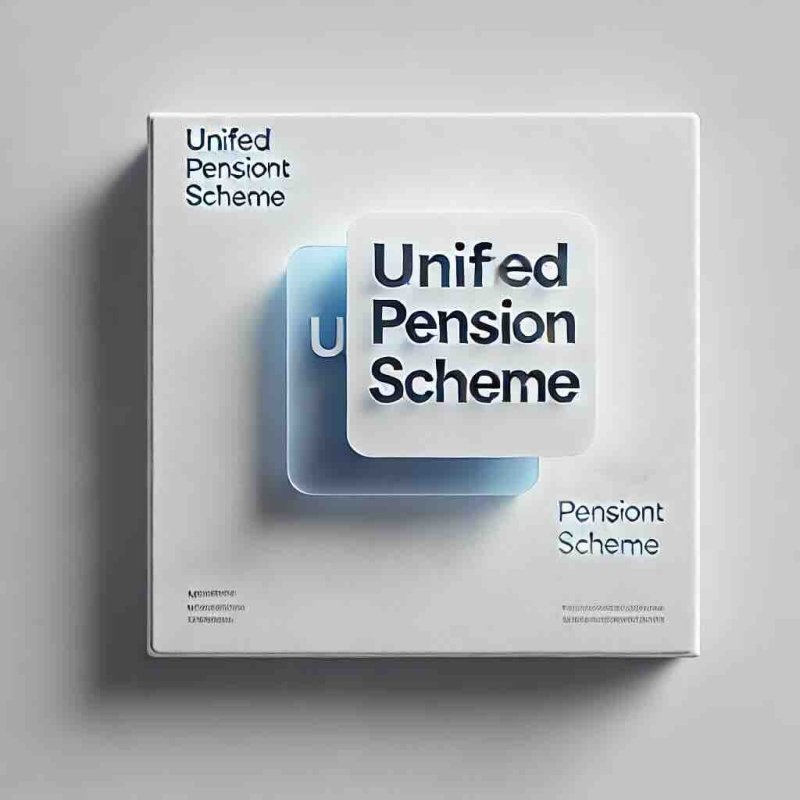IAS 8 Amendments effective Jan 2023 to distinguish accounting policy and accounting estimate
Why the change has been done
The IFRS Interpretations Committee informed the Board of difficulties entities faced in distinguishing accounting policies and accounting estimates. The distinction is important as changes in accounting policies must be applied retrospectively whereas changes in accounting estimates are required to be accounted for prospectively.
Distinguishing between a change in accounting policy and a change in accounting estimate is, in some cases, quite challenging. To provide additional guidance, the amended standard clarifies that the effects on an accounting estimate of a change in an input or a change in a measurement technique are changes in accounting estimates if they do not result from the correction of prior period errors.
The Board noted that the previous definition of a change in accounting estimate specified that changes in accounting estimates may result from new information or new developments. Therefore, such changes are not corrections of errors. The Board concluded that this aspect of the definition is helpful and should be retained. For example, if the applicable standard permits a change between two equally acceptable measurement techniques, that change may result from new information or new developments and is not necessarily the correction of an error.
Amendments
The Board amends IAS 8 to define accounting estimates as “monetary amounts in financial statements that are subject to measurement uncertainty”. Accounting policies may require items in financial statements to be measured in a way that involves measurement uncertainty—that is, the accounting policy may require such items to be measured at monetary amounts that cannot be observed directly and must instead be estimated. In such a case, an entity develops an accounting estimate to achieve the objective set out by the accounting policy. Developing accounting estimates involves the use of judgements or assumptions based on the latest available, reliable information.
The definition of a change in accounting estimates was deleted. However, the Board retained the concept of changes in accounting estimates in the Standard with the following clarifications:
• A change in accounting estimate that results from new information or new developments is not the correction of an error
• The effects of a change in an input or a measurement technique used to develop an accounting estimate are changes in accounting estimates if they do not result from the correction of prior period errors.
Observation
The revised Standard lists the following items as examples of accounting estimates:
-
A loss allowance for expected credit losses (IFRS 9 Financial Instruments)
-
The net realisable value of an item of inventory (IAS 2 Inventories)
-
The fair value of an asset or liability (IFRS 13 Fair Value Measurement)
-
The depreciation expense for an item of property, plant and equipment (IAS 16 Property, Plant and Equipment)
-
A provision for warranty obligations (IAS 37 Provisions, Contingent Liabilities and Contingent Assets)
In developing an accounting estimate, an entity uses estimation techniques (for example to estimate the loss allowance for expected credit losses) and/or valuation techniques (for example to measure the fair value of an asset or liability).
Effective date and transitional provisions
The amendments are effective for annual periods beginning on or after 1 January 2023 to changes in accounting policies and changes in accounting estimates that occur on or after the beginning of that period. Earlier application is permitted.
From the blog
View allFAQs
Follow these links to help you prepare for the ACCA exams
Follow these blogs to stay updated on IFRS
Use these formats for day to day operations
- Account closure format
- Insurance claim letter format
- Transfer certification application format
- Resignation acceptance letter format
- School leaving certificate format
- Letter of experience insurance
- Insurance cancellation letter format
- format for Thank you email after an interview
- application for teaching job
- ACCA PER examples
- Leave application for office
- Marketing manager cover letter
- Nursing job cover letter
- Leave letter to class teacher
- leave letter in hindi for fever
- Leave letter for stomach pain
- Leave application in hindi
- Relieving letter format
Link for blogs for various interview questions with answers
- Strategic interview questions
- Accounts payable interview questions
- IFRS interview questions
- CA Articleship interview questions
- AML and KYC interview questions
- Accounts receivable interview questions
- GST interview questions
- ESG Interview questions
- IFRS 17 interview questions
- Concentric Advisors interview questions
- Questions to ask at the end of an interview
- Business Analyst interview questions
- Interview outfits for women
- Why should we hire you question
- Leave application for office
- Leave application for school
- Leave application for sick leave
- Leave application for marriage
- leave application for personal reasons
- Maternity leave application
- Leave application for sister marriage
- Casual leave application
- Leave application for 2 days
- Leave application for urgent work
- Application for sick leave to school
- One day leave application
- Half day leave application
- Leave application for fever
- Privilege leave
- Leave letter to school due to stomach pain
- How to write leave letter
- Sample letter of appeal for reconsideration of insurance claims
- How to increase insurance agent productivity
- UAE unemployment insurance
- Insurance cancellation letter
- Insurance claim letter format
- Insured closing letter formats
- ACORD cancellation form
- Provision for insurance claim
- Cricket insurance claim
- Insurance to protect lawsuits for business owners
- Certificate holder insurance
- does homeowners insurance cover mold
- sample letter asking for homeowner right to repair for insurance
- Does homeowners insurance cover roof leaks










Leave a comment